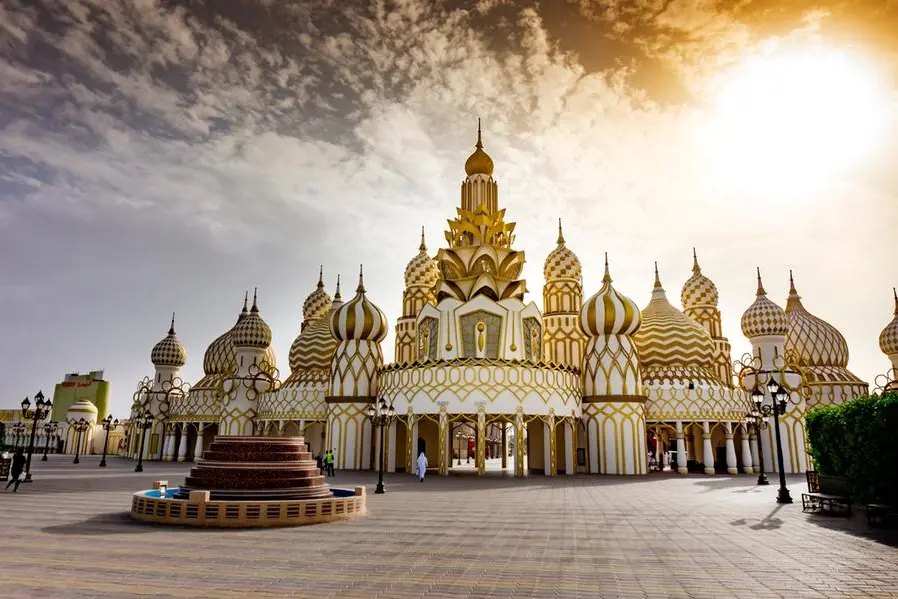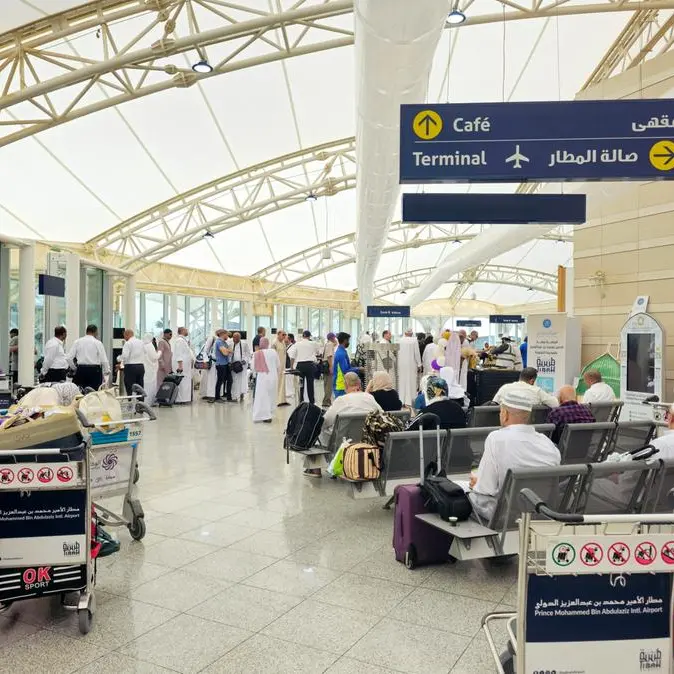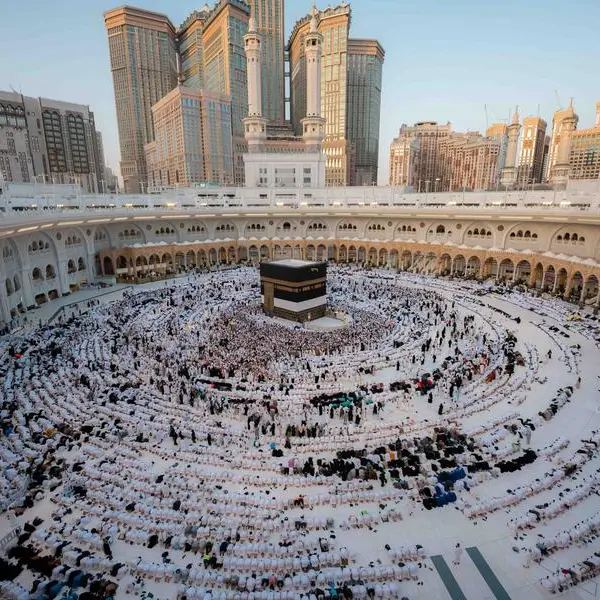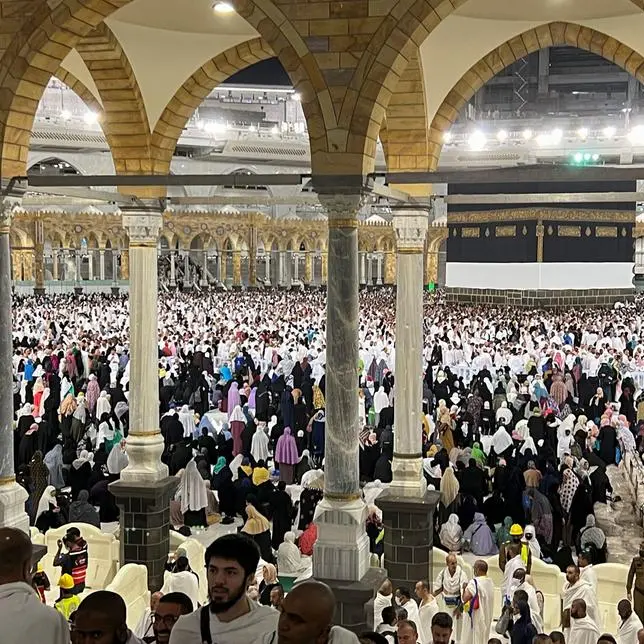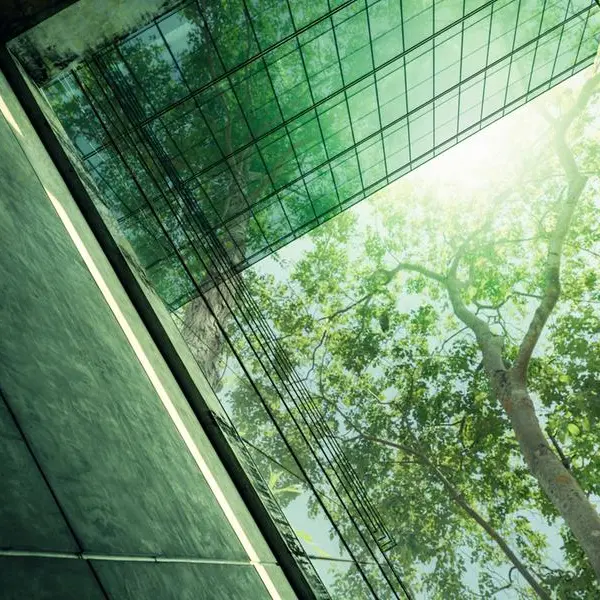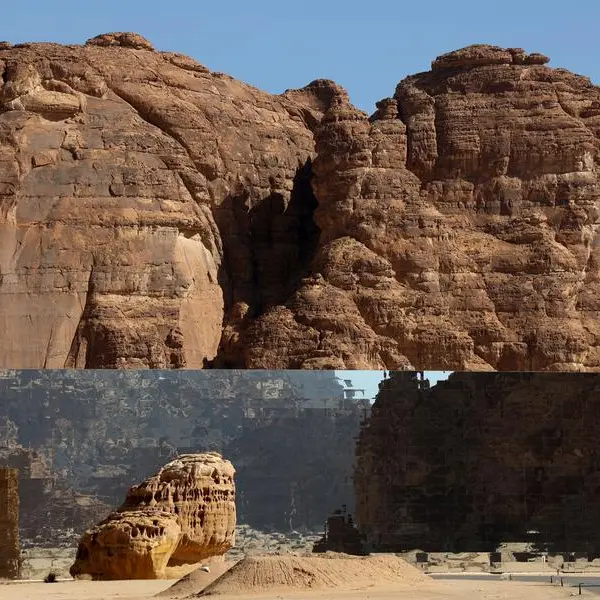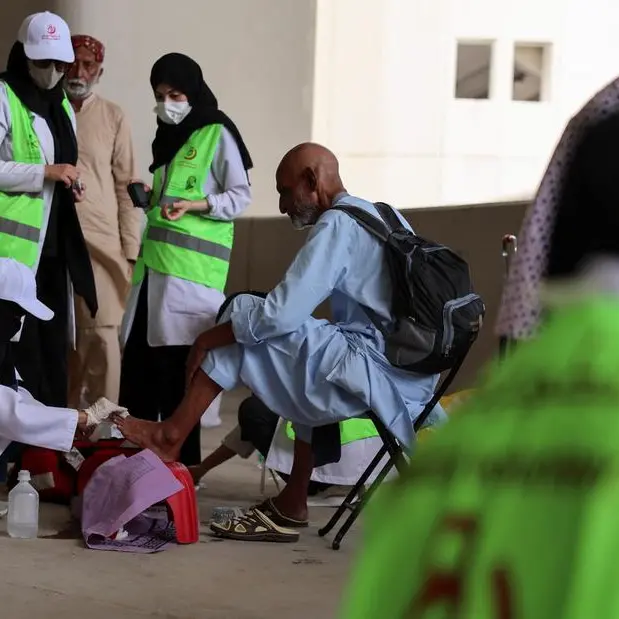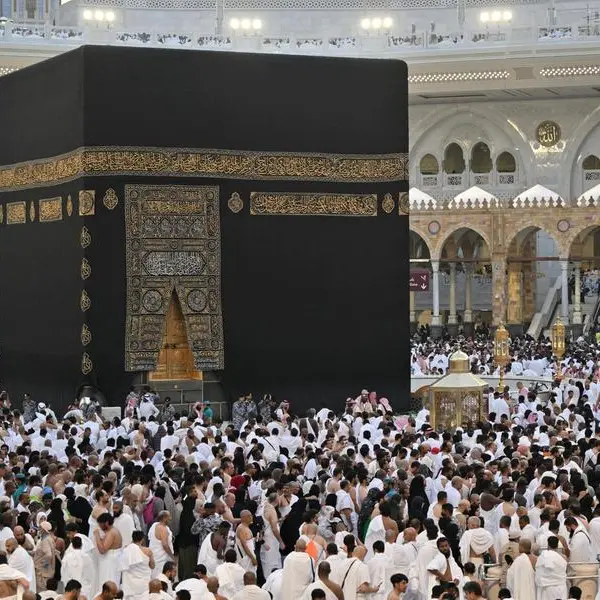PHOTO
All UAE residents, in fact, even residents from our neighbouring countries love a little trip to one of Dubai's most unique destinations, Global Village. And for good reasons too as the large theme park brings together a myriad of cultures, enabling visitors to explore and get their hands on traditional products, handicrafts and arts of several countries.
In light of recent events, we decided to explore the Palestine Pavilion at Global Village. Here's what we found: The sellers inside the pavilion, all of whom may not necessarily originate from Palestine, have a common goal - pay homage to the country's beautiful traditions, and its historical and cultural wealth.
For instance, the design of this year's Palestine Pavilion is inspired by the renowned Shahwan Mansion. According to the official Palestine Ministry of Tourism and Antiquities website, in 1936 a synagogue was discovered north of Tell as-Sultan in what is today the basement of the Shahwan family house. The remains revealed a building with a rectangular plan, divided into a nave and two aisles by two rows of square pillars.
First things first, as you enter the pavilion, you can try an assortment of locally produced dates and nuts (because who doesn't love something to munch on), from almonds and cashews to pistachios and walnuts, you can try it all.
Further ahead, you can indulge in Palestinian street food, spices, honey and more. Amjad Khalil, though he has been in Dubai for the last 10 years, is originally from Palestine. He's part of the stall that sells popular Palestinian biscuits Kaak Makdisi and honey originating from the mountains of Al-Quds (Arabic name for Jerusalem).
"Kaak Makdisi is handmade," he says, adding that the famous biscuits are made with olive oil and mixed with herbal flavours. "We can have it for breakfast, and we even offer it whenever guests come to our houses. It can be served with dates, or even Za'atar. And the best part is that it is healthy."
In addition to indulging in authentic street food, visitors can also check out the wares of artisans and designers, as well as enjoy the traditional music and dance performances that are held daily in the evening.
Traditional Palestinian clothing for both women and men can be found across the pavilion. The embroidery, colours, and styles vary across regions, reflecting the diversity within Palestinian society. Wearing traditional attire is not just a fashion choice; it is a proud proclamation of heritage and resistance for the Palestinians.
One example is the keffiyeh; traditionally it is a black and white chequered scarf, usually made of cotton. It was originally worn by farmers to protect themselves from the sun in the summers and the cold and dust in the winters.
But now it stands for something much more larger than that - it is worn to symbolise resistance and solidarity while also bringing light to the Palestinian culture and heritage. Three patterns can be found on the keffiyeh: a fishnet pattern stands for 'livelihood'; the thin and bold lines stand for 'trade', highlighting the trade routes passing through Palestine; and the olive leaves symbolise 'resilience', the strength of Palestinians.
Similar symbols and designs can be found on traditional dresses, especially for women. as these intricate patterns and vibrant colours on dresses, shawls, and accessories carry symbols representing the region's landscapes, folklore, and Palestinian aspirations. "Each embroidered piece is a labour of love," said Wissam Balchi, a Palestinian designer.
With a keen interest in learning about the cultures and tradition, Wissam has been immersed in designing since she was six. "In Palestine, different places have different designs. The designs in Ramallah are different to the ones in Hebron," she said, showcasing a various collection of designs on offer at her stall, where you can find dresses, shawls, abayas, and even accessories like wall frames, bookmarks, greeting cards and a lot more, all having a touch of Palestine symbols or designs.
Even in the face of challenges, Palestinians continue to hold steadfast to their traditions. Each dance step, embroidered motif, and shared meal is a reaffirmation of the rich heritage that defines Palestine, inviting the world to witness and appreciate the beauty embedded in its traditions.
Copyright © 2022 Khaleej Times. All Rights Reserved. Provided by SyndiGate Media Inc. (Syndigate.info).
